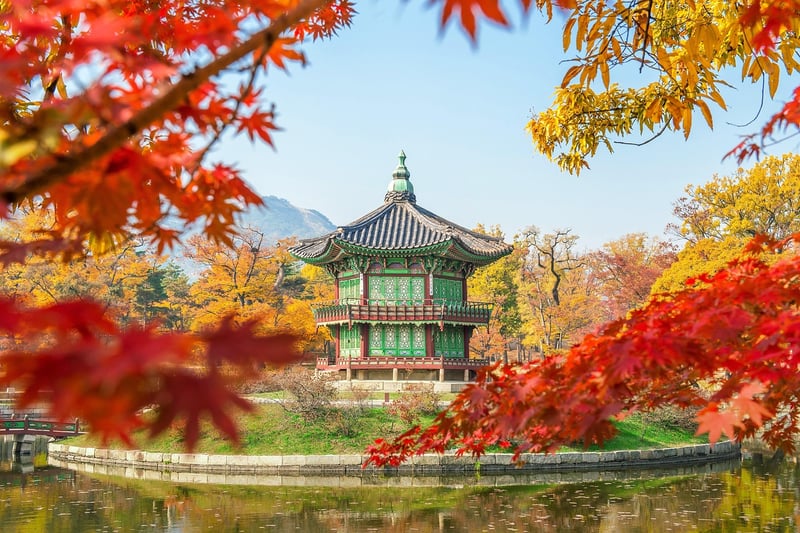Soil Selection
Helpful Advice for Successful Gardening: Soil Selection
Why Soil Selection Matters
Choosing the right soil is crucial for successful gardening. The type of soil you use can affect the growth and health of your plants. Different plants have different soil preferences, so it's essential to select the right soil for the specific plants you are growing.
Types of Soil
There are three main types of soil: sand, silt, and clay. Each type has its own characteristics and is suitable for different kinds of plants.
Sand
Sandy soil has large particles and drains quickly. It is suitable for plants that prefer well-drained soil, such as succulents.

Silt
Silty soil has medium-sized particles and retains moisture well. It is suitable for a wide range of plants, including vegetables and flowers.

Clay
Clay soil has small particles and holds onto water. It is suitable for plants that prefer moist soil, such as ferns and hostas.

Improving Your Soil
If your soil is not ideal for the plants you want to grow, you can improve it by adding organic matter such as compost or well-rotted manure. This will help improve soil structure, drainage, and fertility.
Testing Your Soil
It's a good idea to test your soil before planting to determine its pH level and nutrient content. You can use a soil testing kit or send a sample to a local agricultural extension office for analysis. Based on the results, you can adjust your soil's pH and nutrient levels as needed.
By selecting the right soil and taking steps to improve it, you can create an ideal growing environment for your plants and set yourself up for a successful gardening experience.
